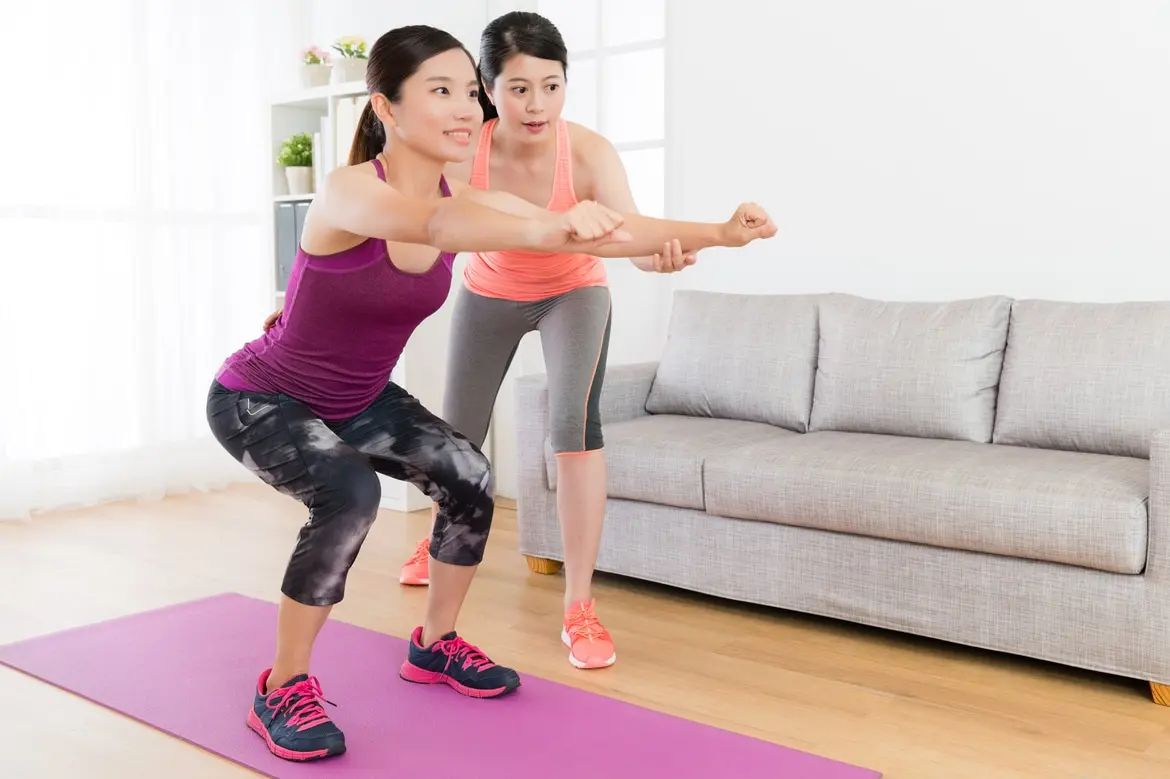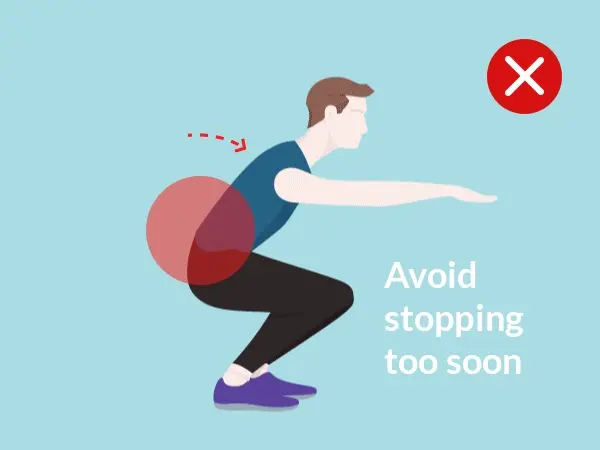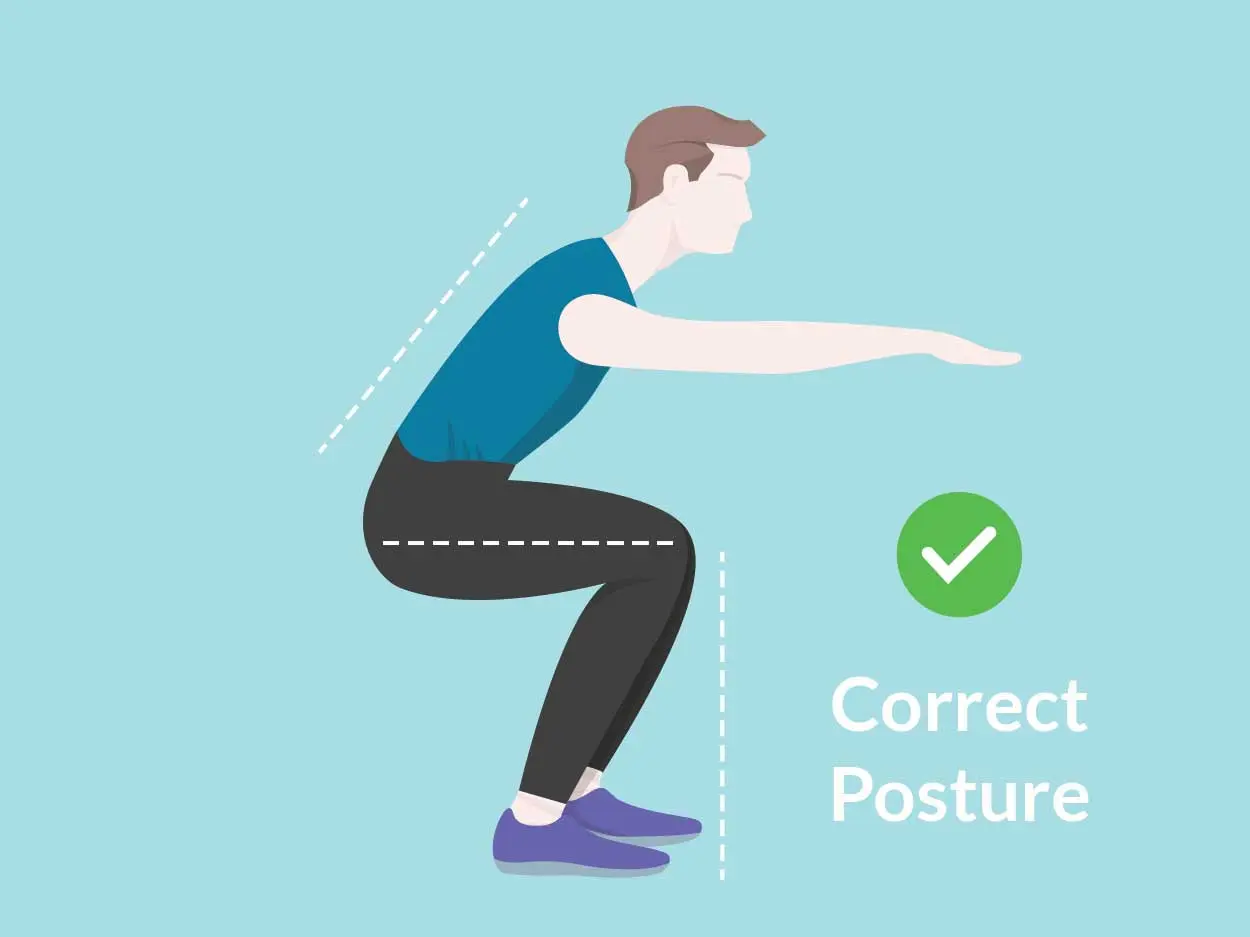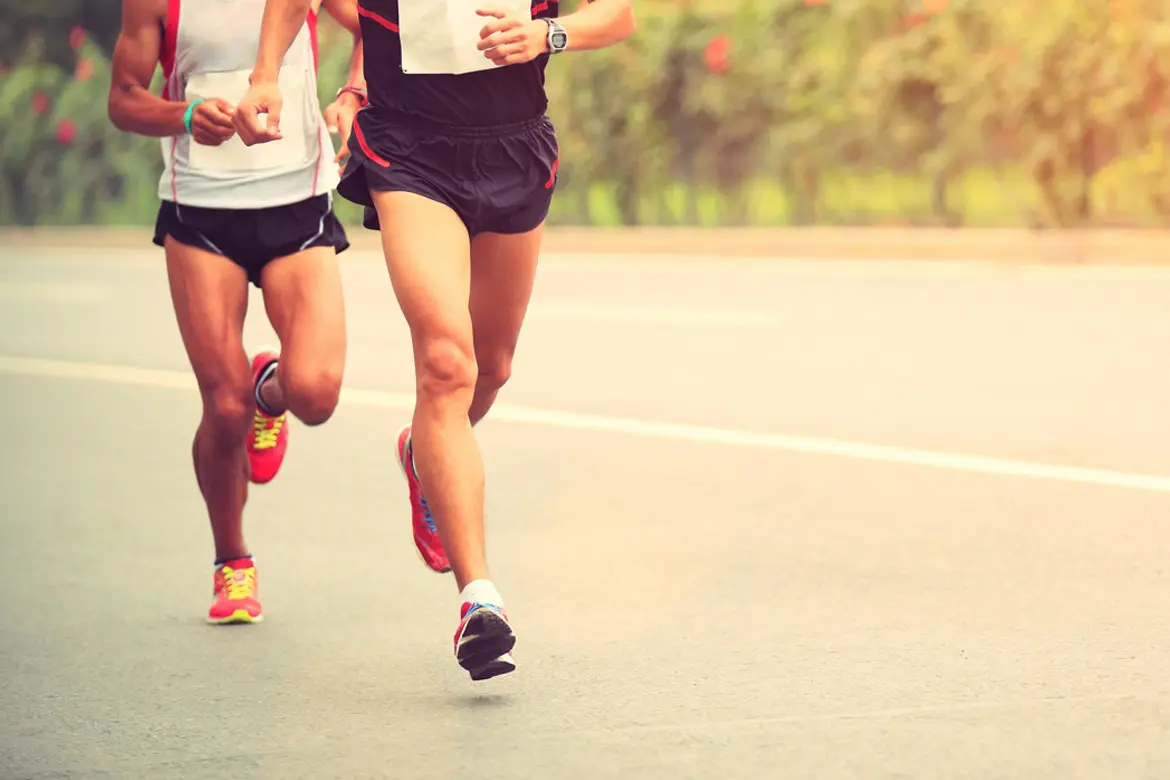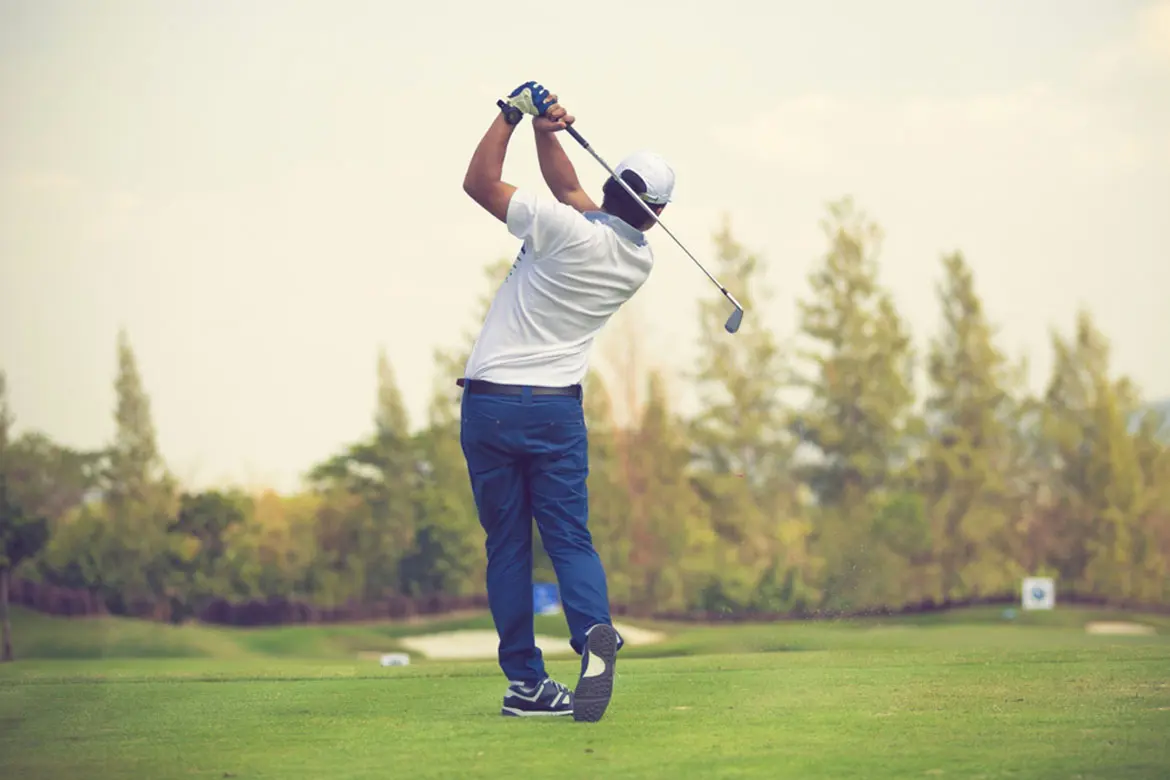When done well, the squat can help to tone up the hips, glutes, quads, hamstrings, as well as strengthen your core. What's more, squats can also help improve your balance, as it's no easy feat to remain in a squatting pose for long.
However, while they look simple, squats are actually difficult to perform correctly. Many people tend to get them wrong, which can result in injury. If you suspect you've sustained an injury, always speak to a doctor.
To truly harness all the benefits of a properly done squat, be sure you’re not falling prey to these common mistakes:
Stopping halfway
Not going all the way down is one of the mistakes most beginners make. For maximum effect, your squat should have you going as low as you can, preferably until your thighs are parallel to the floor. This will help to work the muscles in your thighs and calves, toning them up for better muscle development and increased strength. However, if you find doing a full squat difficult, go for a half squat instead, and slowly build up to doing a full one.
Pushing your knees
Many people, on trying to do a deep squat, end up compensating for going low by pushing their knees too far forward. When squatting, move backwards and down, try to keep your knees from extending over your toes to avoid putting pressure on them.
Turning your knees inwards
Some people also tend to turn their knees inwards when performing a squat, which puts stress on the joints, causing damage to the ligaments. For correct posture, turn your feet slightly outwards before lowering yourself into the squat. It'll prevent injuries and help you to keep your balance too.
Overarching your back
A little bit of arch in your lower back when squatting is fine, but take care to not overdo it. Overarching your back during a squat puts pressure on your vertebrae, and could re-sult in herniated discs and a trip to the operating room. Keep your head up, look straight ahead, and keep your back flat as you go down.
Lifting your heels
Letting their heels lift off the floor is another common mistake many people make when doing their squat reps. This shifts your entire bodyweight onto your knees, putting un-necessary pressure on them, and making for an ineffective squat. To ensure your feet stay flat, tighten your core to keep your centre of gravity strong, and move downwards and back, keeping your weight on the balls of your feet.
If you happen to injure yourself while exercising, don't panic, you probably won't need to head to the emergency room… yet. Employ the RICE method to promote recovery – this involves resting the injured area, icing it, compressing it with a bandage, and elevating it to encourage blood flow. If you continue to feel pain, be sure to seek professional help.
Now get squatting!
